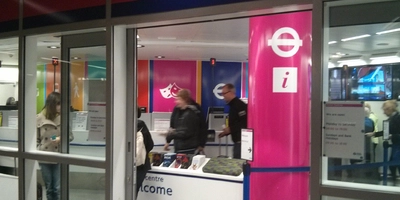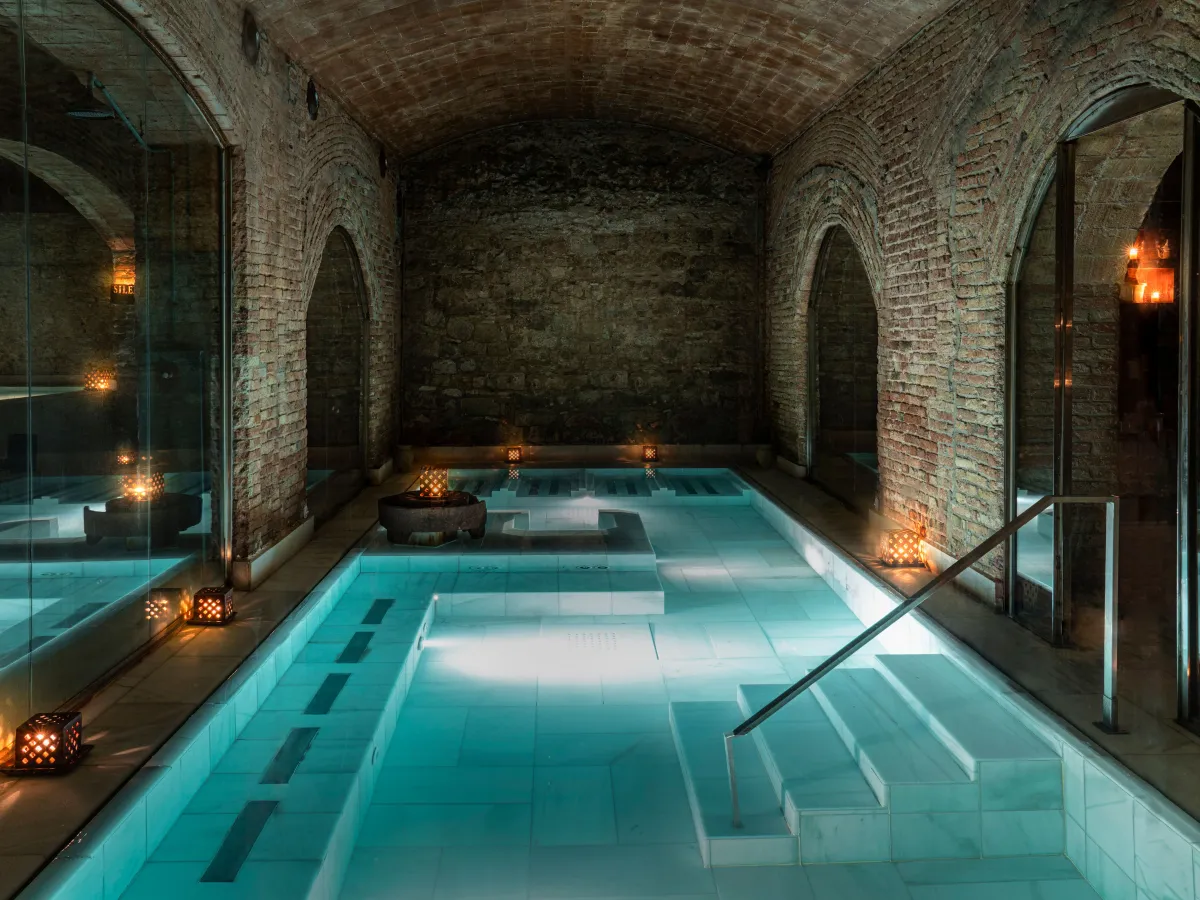Getting Around London Transportation Tips
Navigating London can seem overwhelming, but knowing your transport options makes it easy. The most popular way to get around is the London Underground, also called The Tube. It’s fast, reliable, and covers most tourist spots. Grab an Oyster card or use contactless payment to save money and speed up your trips.
Besides The Tube, there are plenty of other transport options:
- Buses: Great for seeing the city while you travel. They’re cheaper but slower than the Tube.
- Trains: Useful if you’re heading to places outside central London or planning day trips.
- Black cabs and ride-shares: Handy for convenience, but can be pricey during rush hours.
- Riverboats: A scenic way to get from one side of the city to the other, especially along the Thames.
London also shines when it comes to walking and cycling. Many neighborhoods are walkable, letting you soak in local vibes. Plus, the city has expanded its bike lanes and cycling hire programs like Santander Bikes, perfect for quick rides or sightseeing.
Bottom line: Use a mix of The Tube, buses, and some walking or cycling to explore London efficiently without breaking the bank.
Budget Friendly Travel in London
Traveling to London on a budget is totally doable if you know where to look. First off, take advantage of the many free attractions and activities. Places like the British Museum, the Tate Modern, and the National Gallery offer free entry, making it easy to soak up culture without spending a dime. You can also enjoy walking around iconic spots like Hyde Park, the South Bank, and markets like Camden or Borough, where the atmosphere is just as valuable as any ticket.
When it comes to food, affordable dining and markets are your best friends. Street food stalls and markets like Brick Lane, Portobello Road, and Maltby Street offer delicious meals at a great price. Look for grab-and-go options or food trucks to save time and money without missing out on authentic London flavors.
Accommodation on a budget in London can be tricky but not impossible. Hostels, budget hotels, and Airbnb options in neighborhoods like Shoreditch, Kings Cross, or even further out with good transport links can keep costs down. Booking in advance and traveling during off-peak seasons often means better deals. Remember, staying just outside central London and using the Tube or buses to get around can save both your wallet and sanity.
Must See Attractions and Hidden Gems
When visiting London, you don’t want to miss its iconic landmarks that define the city’s skyline and history. Think Big Ben, the Tower of London, and the London Eye. These are classic must-see spots where you can soak in the city’s vibrant energy.
But London isn’t just about the famous sites. Exploring unique neighborhoods like Shoreditch, Notting Hill, and Camden gives you a taste of local culture with great street art, indie shops, and lively markets. Each area has its own vibe, perfect for wandering and discovering something new.
For those seeking off the beaten path experiences, check out hidden gems like the Kyoto Garden in Holland Park or the quirky Viktor Wynd Museum of Curiosities. These lesser-known spots add a special layer to your London trip and help you avoid the crowds.
If you want to dive deeper into local spots or look for travel inspiration, you might also enjoy practical travel tips on my site, especially if you’re combining London with other European adventures. For more on local flavor and insider hacks, check out travel tips for first-time flyers.
Cultural and Practical Tips
Understanding British Etiquette
When visiting London, it helps to know a few basic etiquette tips to blend in smoothly:
- Always say “please” and “thank you” – politeness goes a long way here.
- Queuing is serious business in London. Wait your turn patiently, whether at a bus stop or ticket line.
- Don’t speak loudly in public places. Keeping a moderate tone shows respect for others.
- Tipping is expected in restaurants—usually around 10-15% if service isn’t included.
Preparing for London’s Weather
London weather can be unpredictable, so pack smart:
- Bring a reliable raincoat or umbrella—showers pop up anytime.
- Layer your clothes; temperatures fluctuate throughout the day and across seasons.
- Comfortable walking shoes are a must – London’s best explored on foot.
Safety and Scam Awareness
London is generally safe, but it pays to be cautious:
- Keep an eye on your belongings, especially in crowded tourist spots or on public transport.
- Avoid unlicensed taxi drivers—stick to official black cabs or rideshare apps like Uber.
- Be wary of anyone approaching you with “too good to be true” offers or street games.
- Use well-lit, busy streets at night and plan your routes in advance.
Following these cultural and practical tips will help you enjoy London with ease and confidence.
Seasonal and Event Based Tips
Best Times to Visit
London’s weather can be unpredictable, but the best times to visit are usually late spring (May and June) and early fall (September and October). During these months, you’ll find mild temperatures, fewer crowds, and generally better deals on accommodations. Summer (July and August) is peak tourist season, so expect bigger crowds and higher prices. Winter can be chilly and gray but offers festive vibes, especially around Christmas.
Special Events and Festivals
- London Marathon (April): A huge city event with lots of energy and street parties. If you’re around, it’s worth experiencing the buzz.
- Notting Hill Carnival (August): Famous for colorful parades, Caribbean music, and street food — a great way to dive into London’s local culture.
- Chelsea Flower Show (May): Perfect for garden lovers and a unique London experience.
- Christmas Markets and Winter Wonderland (November-December): Bring holiday cheer with festive markets, ice skating, and lights.
- London Film Festival (October): For movie buffs, this is a chance to see premieres and special screenings.
Planning your trip around these events can add some extra excitement, but if you prefer quieter visits, try to avoid these busy periods. Either way, London always has something happening, so check local event calendars before your trip.
Day Trips from London Top Day Trip Destinations Planning Tips
Taking day trips from London is a fantastic way to see more of England without changing hotels. If you’re looking to explore beyond the city, here are some top destinations to consider:
- Stonehenge and Bath: Discover the mystery of the prehistoric Stonehenge and stroll through the Roman-built city of Bath, known for its hot springs and beautiful Georgian architecture.
- Oxford and the Cotswolds: Explore Oxford’s historic university and then head to the picturesque Cotswolds villages with their charming stone cottages and rolling hills.
- Cambridge: Check out another famous university town with stunning colleges, punting on the River Cam, and a relaxed vibe.
- Windsor: Visit Windsor Castle, the official residence of the Queen, and enjoy the quaint town nearby.
- Brighton: Hit the seaside with Brighton’s pebbly beaches, quirky shops, and lively pier.
Planning Tips for Day Trips from London
- Book Train Tickets in Advance: Train travel is often the easiest way to get to these spots. Buying tickets early can save you money.
- Start Early: To make the most of your day, head out early so you have plenty of time to explore.
- Check Local Opening Hours: Some attractions close early, especially in winter, so double-check in advance.
- Pack Light: Carry essentials like water, snacks, and a portable phone charger but avoid lugging heavy bags.
- Use Guided Tours if Needed: For a smoother experience, consider guided day tours that handle transportation and entry fees.
Day trips are perfect if you want to enhance your London travel guide with memorable experiences outside the city without hassle or extra lodging costs.
Aura’s Insider Tips for a Memorable Trip
To make your London trip truly memorable, I suggest diving into local inspired experiences. Skip the usual tourist traps and try:
- Visiting a neighborhood market like Borough Market or Camden for local food and crafts
- Catching a show at an indie theater or live music venue
- Joining a walking tour focused on London’s street art or history
These give you a real feel for the city beyond the typical attractions.
When it comes to sustainable travel choices, London is great for eco-friendly options:
- Use a contactless card or Oyster card for public transport to reduce paper waste
- Rent a bike or walk whenever possible—London is very walkable and has plenty of bike lanes
- Support local businesses and eat at farm-to-table restaurants or markets
- Choose hotels with green certifications or stay in smaller, locally owned accommodations
Personalizing your itinerary is key to a great trip. Instead of packing your schedule with every famous spot, mix in your interests. If art is your thing, plan time in galleries like Tate Modern or smaller ones in Shoreditch. If you love parks, explore Hyde Park or Regent’s Park alongside your city adventures.
Think about what excites you, whether it’s history, food, music, or shopping, and create a balance of popular sights and hidden gems based on that. This way, your London experience won’t just be a checklist—it’ll feel uniquely yours.
FAQs
What’s the best way to get around London
The London Underground, or the Tube, is usually your fastest option. It covers most of the city and runs frequently. For short distances, buses are a good choice—they’re cheaper and let you see the city as you travel. Don’t forget about walking and cycling, especially in central areas where traffic can be heavy. Using an Oyster card or contactless payment saves you money on all public transport.
Is London safe for solo travelers
Yes, London is generally safe for solo travelers. Stick to well-lit, busy areas at night and keep an eye on your belongings in crowded spots. Like any big city, be aware of common scams—avoid strangers offering unsolicited help or deals that seem too good to be true. Overall, London’s diverse and tourist-friendly vibe makes it easy to explore on your own.
How can I save money in London
Here are some quick money-saving tips:
- Use an Oyster card for discounted travel on buses and the Tube
- Visit free attractions like the British Museum and National Gallery
- Eat at markets and casual spots instead of pricey restaurants
- Check out budget accommodations outside central London but near tube stations
- Take advantage of special offers and discount passes for tourists.
Saving money doesn’t mean missing out—it’s about planning smart and enjoying the best of London without breaking the bank.












